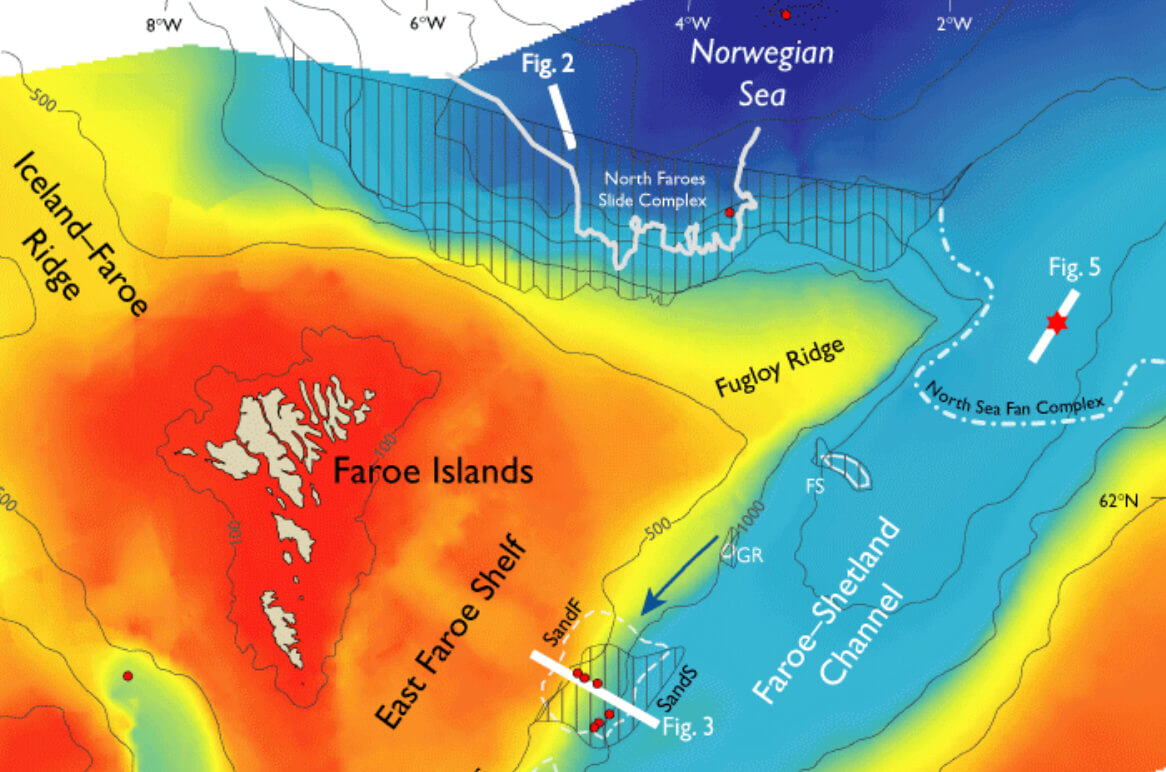
How to Cite
Share
Abstract
Prior to the 1990s only few geological investigations of the seabed and the shallow geology around the Faroe Islands had been undertaken (Waagstein & Rasmussen 1975; Nielsen et al. 1981). However, in the 1990s marine geological and in particular seismic investigations were markedly intensified. Since 1993 several studies on the structure of the Faroe Islands margin and seafloor processes have been funded by the European Union, namely the ENAM (European North Atlantic Margin) project I and II (1993–1999) and the STRATAGEM (Stratigraphy of the Glaciated European Margin) project (2000–2003), and these have provided significant new information on the mechanisms shaping the Faroe Islands margin (e.g. Boldreel et al. 1998; Kuijpers et al. 1998a; Nielsen & van Weering 1998; van Weering et al. 1998). Due to the expertise and regional geological knowledge obtained during these projects the Geological Survey of Denmark and Greenland (GEUS) became involved in socalled ‘geohazard’ seabed studies of the Faroe–Shetland Channel in 1997. These investigations were financed by the petroleum industry that had begun to show significant interest in exploration of the Faroe–Shetland Channel area. The studies focused on possible natural risks that would affect submarine structures, such as slope instability and strong bottom currents, and included both shallow seismic data acquisition and sediment core analyses. Most of the work at sea was undertaken with the Russian research vessel Prof. Logachev, and carried out within the framework of the international, UNESCO-supported ‘Training-Through-Research’ (TTR) programme co-ordinated by Moscow State University, Russia. Since 1997, more than three million DKK have been granted for various projects and this work has been documented in 14 classified reports. This paper presents some of the main results from these ‘geohazard’ studies, in particular with respect to the sediment instability affecting the western flank of the Faroe–Shetland Channel, the occurrence of very strong bottom currents in the channel, and the newly discovered mud diapirs at the northern entrance of the channel (Fig. 1).
How to Cite
Share
Downloads
Editors: Martin Sønderholm & A.K. Higgins
The Review of Survey activities presents a selection of 23 papers reflecting the wide spectrum of activities of the Geological Survey of Denmark and Greenland, from the microbial to the plate tectonic level.
The Survey's activities in Denmark are documented by ten papers. These include discussion of the [...]










